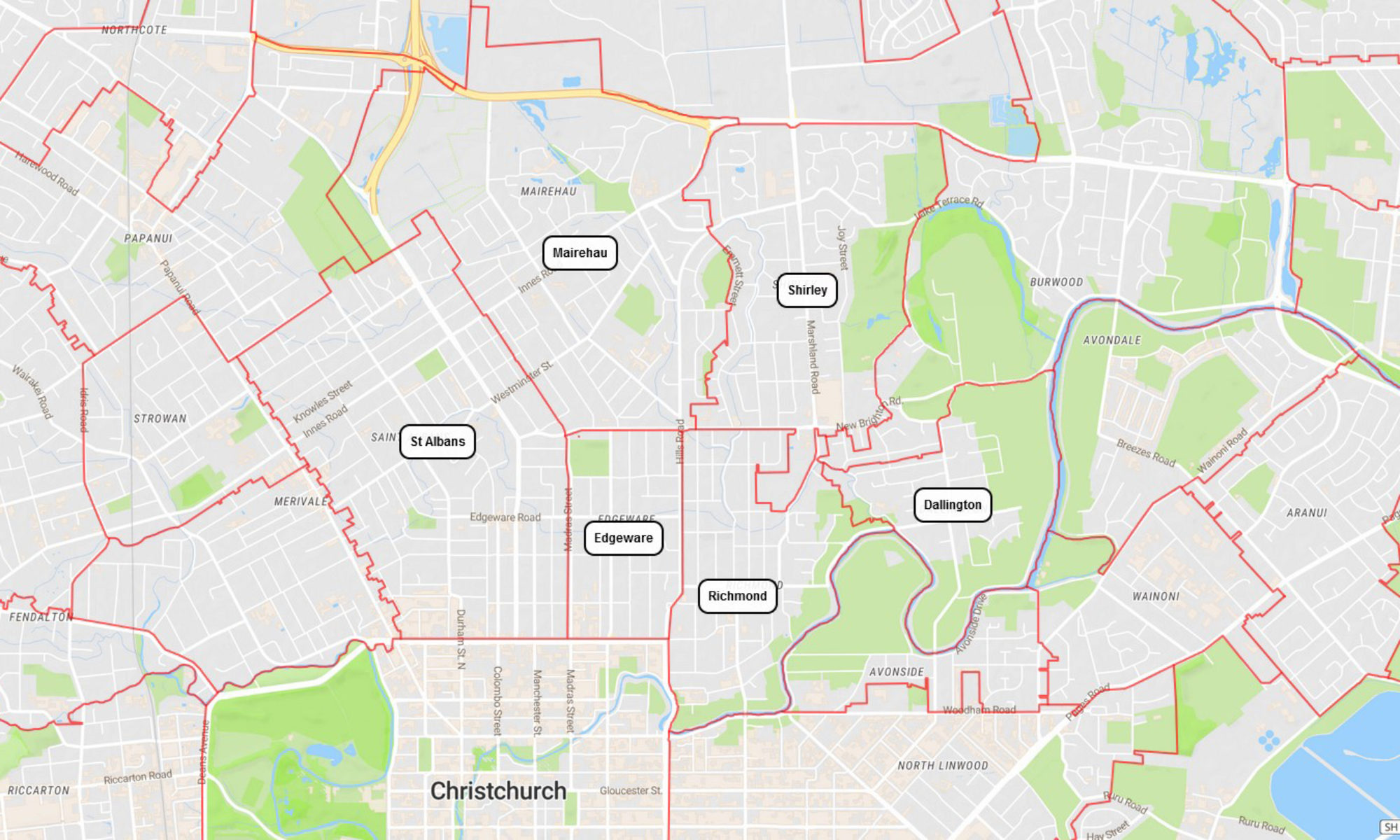St Albans was named after George Dickinson’s farm, which lay to the south of the St Albans Creek. He had called his farm St Albans in memory of his cousin Harriet Mellon, an actress, who had become the Duchess of St Albans.
Originally a working-class settlement, St Albans was a separate borough from 1881 until 1903 when it became part of Christchurch City.
https://en.wikipedia.org/wiki/St_Albans,_New_Zealand
Part of the Avon Road Board District. Also Knightstown which was incorporated into St Albans. Formerly part of the Avon Road Board District. St Albans was named by George Dickinson (1827-1913).
Knightstown was named about 1860 after Anthony Knight (d. 1869).
Dickinson was a Wesleyan sheep farmer who owned Rural Section 252, 50 acres right in the middle of what became St Albans.
His cousin was Harriot Beauclerk, née Mellon, Duchess of St Albans (1777-1837).
“St Alban’s, near Christchurch” is first mentioned in the Lyttelton Times in 1854.
Created a municipality in 1881 and joined the city in 1903.
Anthony Knight was a timber merchant and shipping agent, who had a wharf on the Heathcote River in Woolston, off Ferry Road.
He and his family lived in a large house at the southern end of Merivale Lane, near Boundary Road (later Rossall Street). He owned much of the land at the northern end of Colombo Street, beyond Edgeware Road, from Springfield Road to what is now Madras Street North. (Approximately the area now known as Edgeware.) This became known as Knightstown.
“Knightstown, St Albans” is first mentioned in The Lyttelton Times in 1865.
The name of Knightstown was abolished in 1873 and it became part of the St Albans district.
https://christchurchcitylibraries.com/Heritage/PlaceNames/ChristchurchPlaceNames-N-Z.pdf, Pg 86
